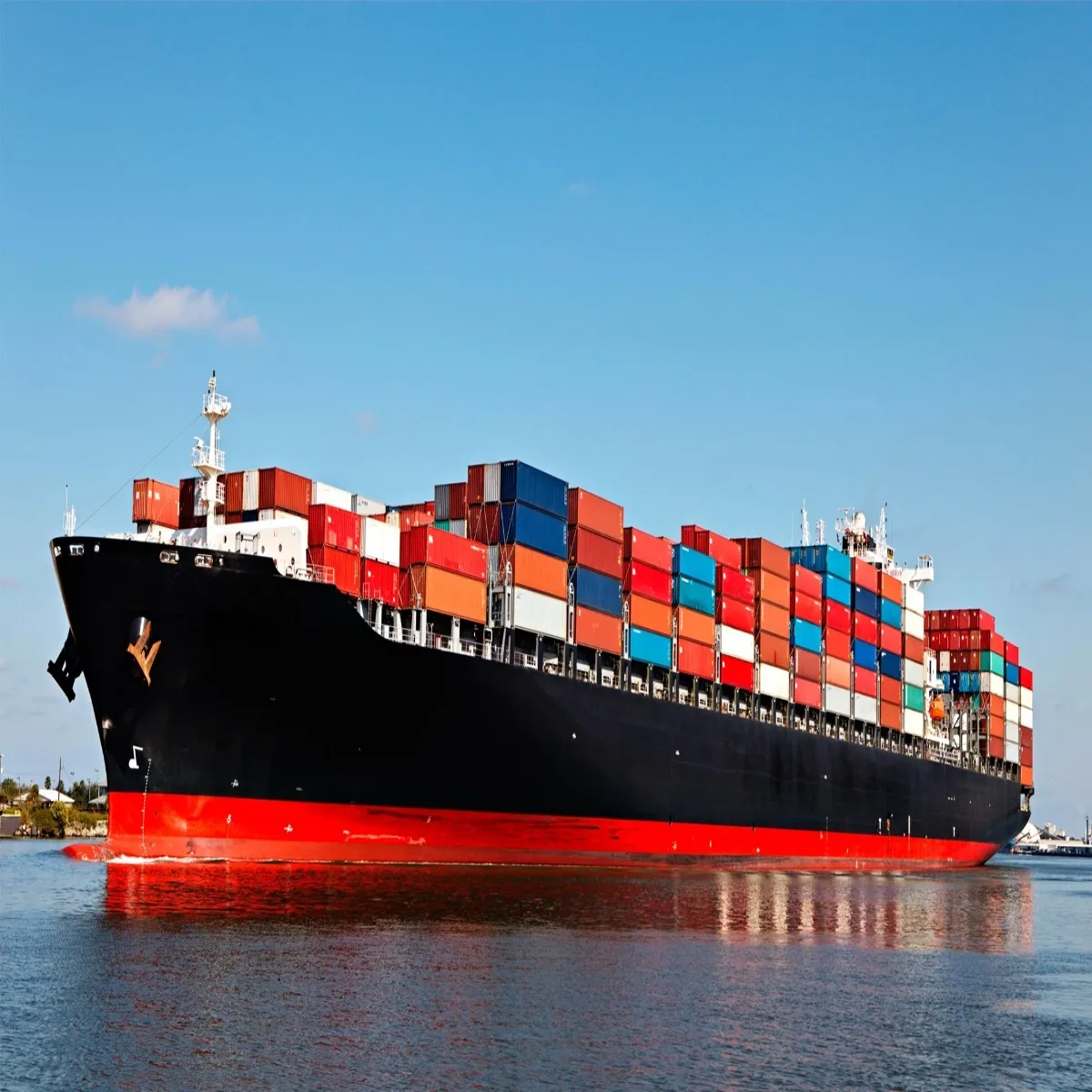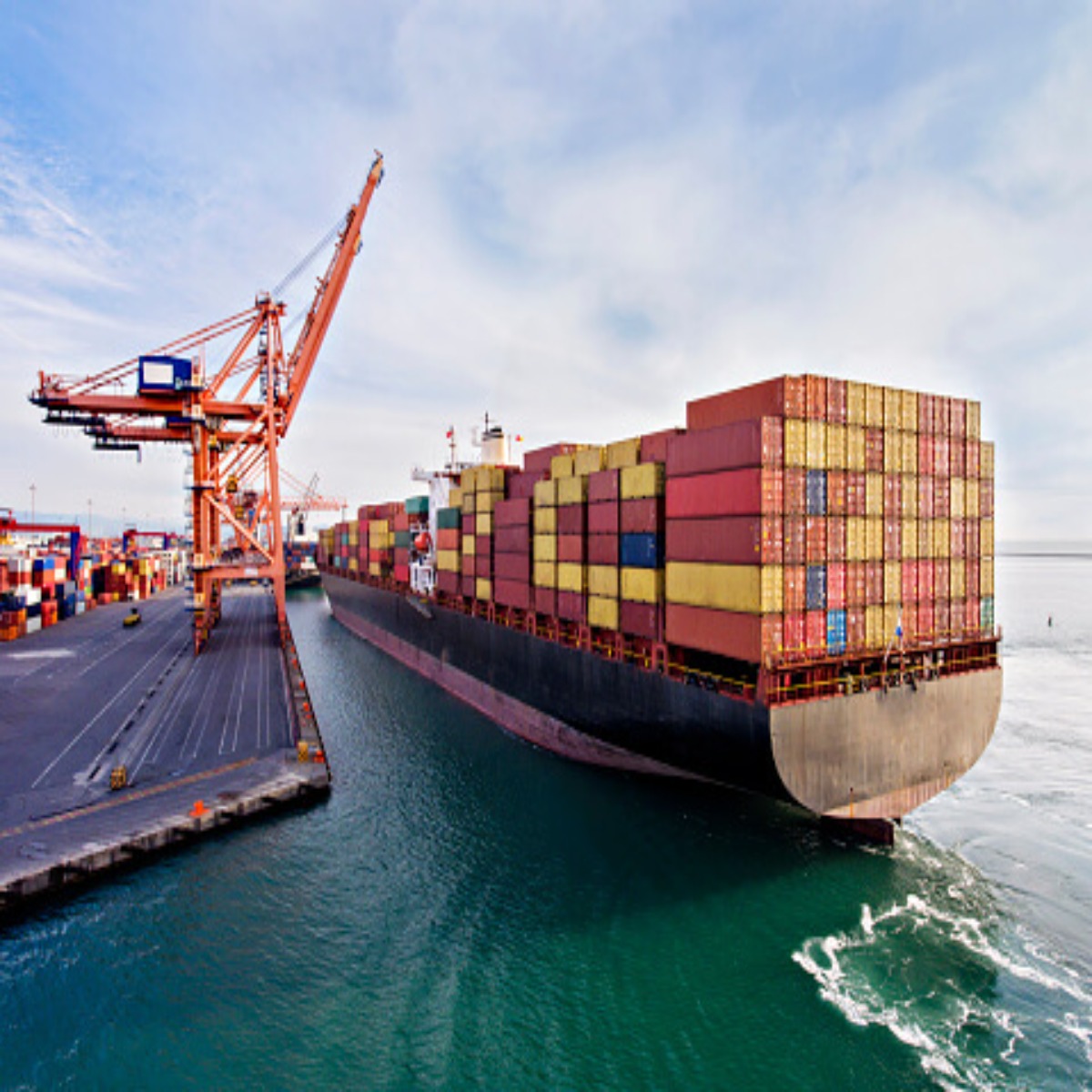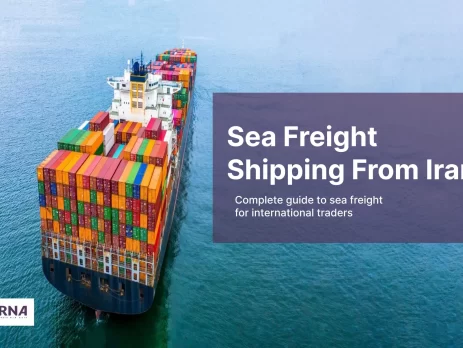Sea freight shipping from Iran plays a vital role in connecting the country to major global markets, especially across Asia, the Middle East, and CIS countries. Whether you're an international trader, importing raw materials or exporting finished products, understanding how maritime logistics from Iran works can help you save time, reduce costs, and avoid unnecessary delays.
In this guide, we provide everything traders and logistics professionals need to know about sea freight shipping from Iran. From key ports and routes to documentation and transit times.
 When exporting goods via sea freight from Iran, knowing the main ports is essential. Here are the key maritime hubs:
When exporting goods via sea freight from Iran, knowing the main ports is essential. Here are the key maritime hubs:
 Shipping cargo through Iran involves several key steps. Here's how the process typically works:
Shipping cargo through Iran involves several key steps. Here's how the process typically works:
 Efficient ocean freight and sea freight shipping from Iran requires planning and communication. Consider these tips:
Efficient ocean freight and sea freight shipping from Iran requires planning and communication. Consider these tips:
Why Choose Sea Freight Shipping from Iran?
Sea freight remains one of the most cost-effective methods for transporting goods and products internationally. When it comes to sea freight shipping from Iran, several advantages make this route attractive for traders:- Strategic location: Iran is located between the Persian Gulf and Caspian Sea, connecting the East and West through key shipping corridors.
- Multiple active ports: Major Iranian ports like Bandar Abbas and Chabahar provide direct access to Asia, Europe, and Africa.
- Low cost for bulk cargo: Ideal for transporting large volumes of industrial goods, food products, or livestock feed.
- Strong infrastructure: Iran’s ports have modern equipment, fast customs systems, and good roads and railways to move goods inside the country.
Major sea Ports in Iran for Sea Freight
 When exporting goods via sea freight from Iran, knowing the main ports is essential. Here are the key maritime hubs:
When exporting goods via sea freight from Iran, knowing the main ports is essential. Here are the key maritime hubs:
1- Bandar Abbas: Shahid Rajaee Port
- This is the biggest and most modern port in Iran
- It handles over 70% of the country’s container shipments
- It is well connected to Central Asia by road and rail
2- Chabahar: Shahid Beheshti Port
- Located in southeast Iran, near the Indian Ocean
- A key port for trade with India, Afghanistan, and CIS countries
3- Bandar Abbas: Shahid Bahonar and Lengeh Ports
- These are important ports for general and bulk cargo
- They work together with Shahid Rajaee Port in southern Iran
4- Caspian Sea Region: Amirabad and Anzali Ports
- Located in northern Iran
- Used for trade with Russia, Kazakhstan, and Turkmenistan
- Suitable for both container and bulk shipments
5- Imam Khomeini Port
- Imam Khomeini Port is one of Iran’s largest and busiest ports.
- It mainly handles bulk cargo, such as grains, oil, and petrochemicals.
- The port has large storage silos for grains and other dry goods.
- It includes special terminals for loading and unloading both liquid and dry bulk materials.
- Imam Khomeini Port is ideal for importing and exporting large, heavy goods.
- This port plays a key role in Iran’s trade of food and industrial products.
Common Cargo Types Shipped from Iran
Sea freight shipping from Iran is widely used for:- Food products: Pistachios, saffron, dates, dried fruits
- Livestock feed: Corn, soybean, barley
- Industrial materials: Petrochemicals, minerals, construction equipment
- Machinery and spare parts
Step-by-Step Sea Freight Process from Iran
 Shipping cargo through Iran involves several key steps. Here's how the process typically works:
Shipping cargo through Iran involves several key steps. Here's how the process typically works:
1- Cargo Preparation
Before shipping, you need to prepare your goods properly:- Packaging and labeling: Make sure your cargo is packed securely to prevent damage during transport. Use packaging that matches the type of goods and the shipping conditions. Label everything clearly with the correct information.
- Weight and size check: Measure and confirm the total weight and volume of your cargo. This helps determine whether you need a full container (FCL) or can share space in a container (LCL).
- Choose the right container: Based on your cargo, decide if you need a 20-foot, 40-foot, or special container (like refrigerated or open-top).
2- Booking with a Freight Forwarder
A freight forwarder in Iran helps you to organize your shipment:- Choose a trusted freight forwarder: Look for a company experienced in Iranian port operations and international shipping.
- Request a quote: Ask for price offers for both FCL (Full Container Load) and LCL (Less than Container Load), depending on your cargo size.
- Confirm schedule and route: The freight forwarder will inform you about the sailing schedule, estimated transit time, and shipping lin
3- Customs Documentation
To export goods from Iran, you need to prepare the correct documents: Main documents include:- Commercial invoice (with product description and value)
- Packing list (detailed list of goods and packaging)
- Bill of Lading (shipping document issued by the carrier)
- Certificate of origin (shows where the goods are produced)
- Licenses or permits (if required for your product type)
4- Port Handling & Loading
Once your cargo is cleared, it’s moved to the port:- Transport to the port: Goods are taken by truck or train to the selected port (e.g. Bandar Abbas, Chabahar, Anzali, etc.).
- Port operations: Port authorities inspect the goods, check the documents, and prepare the cargo for loading.
- Loading onto the vessel: Your containers are carefully loaded onto the ship according to the plan.
5- Shipping & Transit
Your cargo is now on the way to its destination. Transit times depend on destination:- United Arab Emirates (UAE): 2 to 5 days
- India: 5 to 10 days
- Turkey: 7 to 12 days
- CIS countries (via Caspian Sea): 7 to 14 days
Tips to Optimize Sea Freight Shipping from Iran
 Efficient ocean freight and sea freight shipping from Iran requires planning and communication. Consider these tips:
Efficient ocean freight and sea freight shipping from Iran requires planning and communication. Consider these tips:
- Use local experts: Work with a freight company that knows the Iranian customs system and port operations.
- Check for sanctions compliance: Make sure the goods and destination country align with international shipping regulations.
- Track your shipment: Use digital tools to monitor cargo status and port movements.
- Plan for peak seasons: Avoid delays by booking early, especially before Nowruz or major trade events.
Cost Factors for Sea Freight from Iran
The cost of ocean freight shipping from Iran depend on:- Cargo weight and volume
- Type of container (20ft, 40ft, refrigerated, etc.)
- Shipping route and port charges
- Documentation and customs fees
- Inland transportation (if needed)
Example: Shipping Agricultural Goods to Kazakhstan
Let’s say you're a food trader in Kazakhstan looking to import dried fruits from Iran. Here's how sea freight shipping from Iran might work:- The cargo is prepared and packed at a warehouse in Kerman.
- It’s transported to Bandar Abbas via truck.
- After customs clearance, the goods are loaded onto a vessel bound for the Caspian Sea.
- The shipment reaches Bandar Anzali and continues to Kazakhstan through road or rail.
- Total transit time: 8–14 days depending on customs and logistics.

